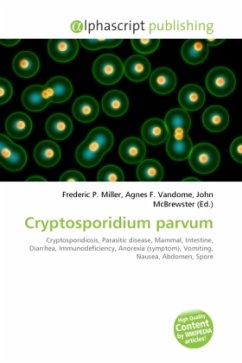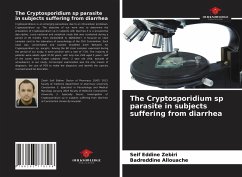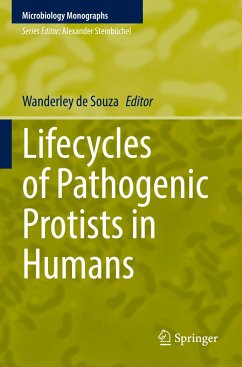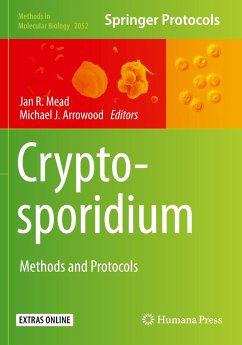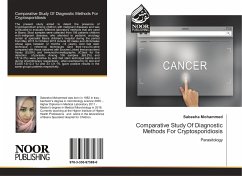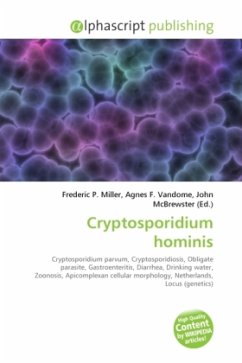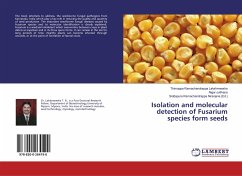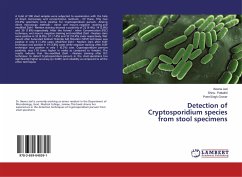
Detection of Cryptosporidium species from stool specimens
Versandkostenfrei!
Versandfertig in 6-10 Tagen
27,99 €
inkl. MwSt.

PAYBACK Punkte
14 °P sammeln!
A total of 500 stool samples were subjected to examination with the help of direct microscopy and concentration methods . Of these, fifty two (10.4%) specimens were positive for Cryptosporidium parvum. Among direct microscopy methods - direct wet mount, negative staining and modified Ziehl - Neelsen staining showed a positivity of 22 (4.4%), 14 (2.8%) and 39 (7.8%) respectively. After the Formol - ether Concentration (FEC) technique, wet mount, negative staining and modified Ziehl - Neelsen stain were positive in 32 (6.4%), 37 ( 7.4%) and 52 (10.4%) cases respectively. Wet mount after Saturate...
A total of 500 stool samples were subjected to examination with the help of direct microscopy and concentration methods . Of these, fifty two (10.4%) specimens were positive for Cryptosporidium parvum. Among direct microscopy methods - direct wet mount, negative staining and modified Ziehl - Neelsen staining showed a positivity of 22 (4.4%), 14 (2.8%) and 39 (7.8%) respectively. After the Formol - ether Concentration (FEC) technique, wet mount, negative staining and modified Ziehl - Neelsen stain were positive in 32 (6.4%), 37 ( 7.4%) and 52 (10.4%) cases respectively. Wet mount after Saturated Sodium Chloride Salt Flotation (SSSF) technique was positive in only 6 (1.2%) cases. Modified Ziehl - Neelsen stain after SSSF technique was positive in 19 (3.8%) cases while negative staining after SSSF technique was positive in only 1 (0.2%) case. Cryptosporidium parvum positivity was 1.18 times higher in males as compared to females. The results indicate that the modified Ziehl - Neelsen staining after FEC technique to detect Cryptosporidium parvum in the stool specimens has significantly higher accuracy (p0.001) and reliability as compared to all the other techniques




